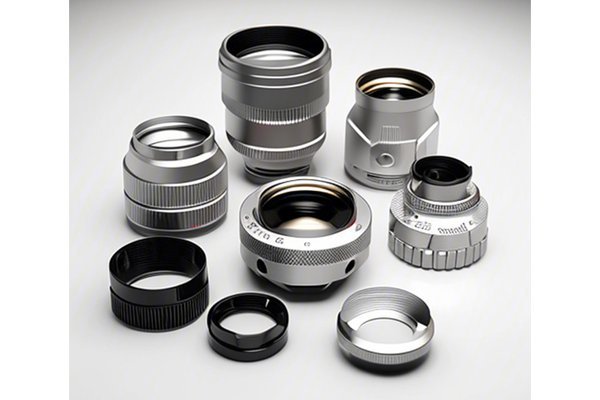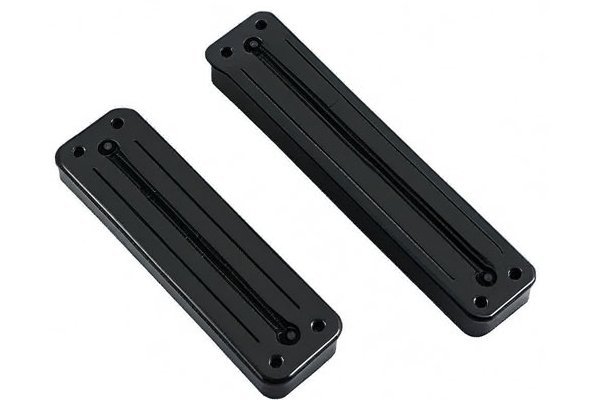Did you know that 316 stainless steel, often called “marine grade” stainless steel, accounts for about 60% of the world’s demand for stainless steel in certain applications? Its unique combination of strength, corrosion resistance, and weldability makes it an invaluable material in industries such as marine, chemical, and food processing. However, understanding how its weldability translates into CNC processing techniques can mean the difference between success and failure in your projects. In this blog, we’ll dive deep into the relationship between the weldability of 316 stainless steel and CNC processing, providing you with detailed insights and practical solutions.
316 stainless steel is an austenitic grade that features an alloy of chromium, nickel, and molybdenum. This composition gives it superior corrosion resistance when exposed to various environments, especially chloride environments. It’s widely used in applications ranging from shipbuilding to chemical containers and surgical instruments.
1.1 Importance of Weldability
Weldability refers to the capacity of a material to be welded under the fabrication conditions imposed in a specific situation. The weldability of stainless steel is crucial as it influences joint integrity, corrosion resistance, strength, and overall durability. With 316 stainless steel, its weldability ensures that it can be effectively joined using various methods, thus broadening its application possibilities.
CNC (Computer Numerical Control) machining offers an automated solution for creating precise components. However, when dealing with materials like 316 stainless steel, the weldability characteristics significantly influence the machining process.
2.1 Potential Issues in CNC Machining
Missteps in machining can lead to several issues when working with 316 stainless steel:
2.2 Solutions to Improve Machining Outcomes
Understanding how to mitigate these issues comes down to selecting proper CNC machining techniques and parameters. Here are some effective strategies to consider:
2.2.1 Pre-Welding Preparation
Ensure that the 316 stainless steel meets specifications before machining. This includes:
2.2.2 Post-Weld Heat Treatment
Using post-weld heat treatments can alleviate residual stresses and reduce the risk of cracking:
2.2.3 Tool Selection
Choosing the right tools and cutting speeds can enhance overall productivity:

2.2.4 Skilled Operators
Knowledgeable operators are crucial in ensuring optimal results. Training machinists to understand the properties of 316 stainless steel and how its weldability affects machining can lead to enhanced precision and reduced errors.
In addition to the fundamental strategies mentioned above, adopting various CNC techniques can further enhance the performance of 316 stainless steel during machining.
3.1 Utilizing High-Speed Machining (HSM)
High-speed machining involves running CNC machines at higher speeds than traditional methods, resulting in reduced cycle times, improved finish quality, and prolonged tool life.
3.2 Water Jet Cutting
For certain applications, water jet cutting can be advantageous as it eliminates heat generation, thereby avoiding issues related to heat-affected zones. This technique is particularly useful when intricate designs are necessary or for medium to thin sheets of metal.
3.3 Laser Cutting
Another method worth considering is laser cutting. This technique offers high precision and edge quality while minimizing the chances of warping due to thermal stresses.
Maintaining high-quality standards is paramount when CNC machining similar materials like 316 stainless steel. Here are some measures for ensuring weld quality:
4.1 Inspection Techniques:
4.2 Documentation and Standards:
Adopting strict documentation procedures that follow industry standards (e.g., AWS, ISO) ensures that all welding and CNC machining processes comply with acceptable limits.
: Navigating the CNC Machining Landscape with 316 Stainless Steel
In summary, understanding the weldability of 316 stainless steel is crucial for optimizing CNC machining processes. By preparing for potential issues with residual stress, contamination, and heat-affected zones, and by implementing proper techniques and skilled labor, machining operations can achieve exceptional results.
This blog provides a comprehensive overview of the relationship between weldability and CNC machining of 316 stainless steel. As industries continuously evolve and demand greater precision and durability, employing the discussed strategies will play a vital role in future milling and design processes.
Remember, the insights shared here are not merely technical standards; they represent the foundation of effective CNC processing of one of the most versatile metals in modern engineering. With this knowledge, you’re now better equipped to make informed decisions in your CNC machining operations, ensuring quality and efficiency for your projects.






